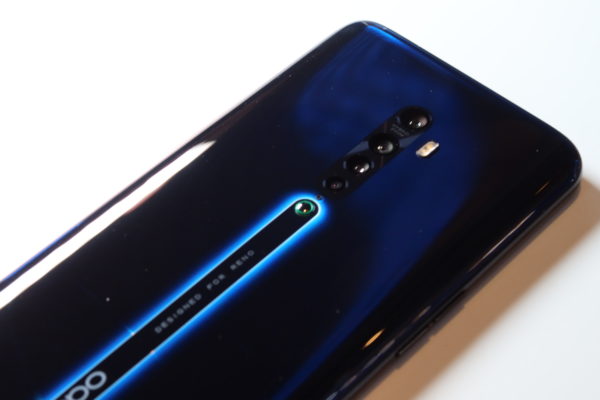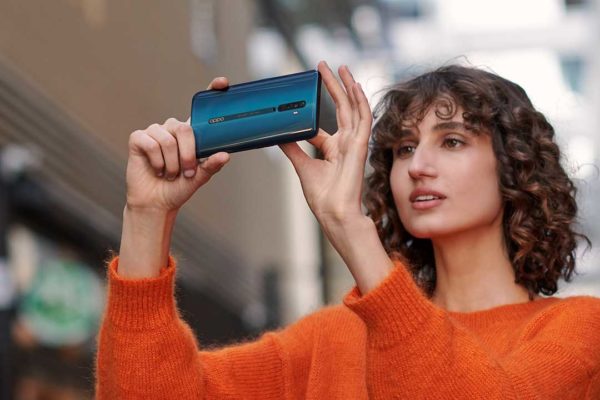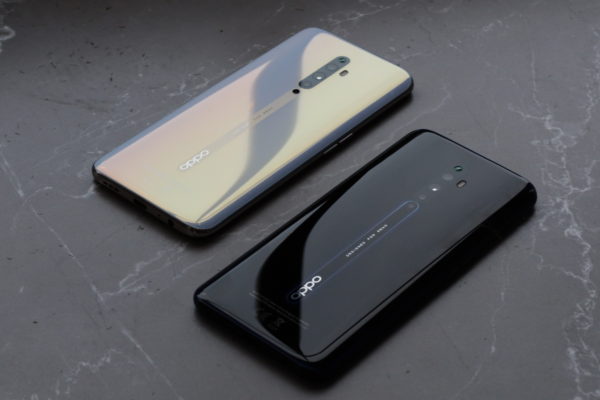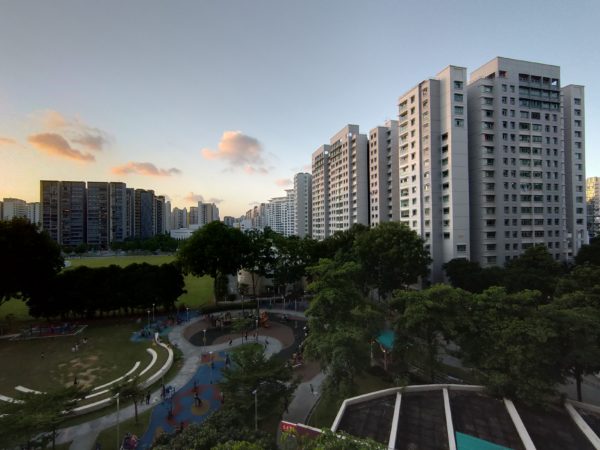
After Oppo rebranded its R series phones and introduced the Reno last year, the Chinese company has tried to make them less of a mid-range gadget and more of a youth-oriented product.
However, the Reno2 has largely kept to the looks of the original Reno. You have the shark-fin camera module at the top, the prominent strip at the back and the main camera lenses flush with the back of the phone. Even a familiar small notch is retained to prevent the lenses from being scratched.

So, what’s changed? At 160mm slim, the Reno2 is just slightly taller than its predecessor. The back of the phone is now covered with a glass surface that gives it a sleek profile.
Even the iconic centre strip is given a special colour treatment that resembles a laser, neon effect. Between the matt treatment of the Reno and the new glass back, the matte back provides a better grip of the phone.
Throughout my time using it, the Reno2 did not feel sluggish. It handled daily tasks without fuss, powered by a mid-tier Qualcomm Snapdragon 730G chip and 8GB of RAM.
With a 4,000mAh battery, the phone typically lasted more than a day of moderate usage. It helps to have Oppo’s VOOC flash charge 3.0 technology, which will juice up more than 50 per cent of the power pack in just 30 minutes.

The phone comes with 256GB of storage space and can be expanded with a microSD card, which takes the space of one of the Dual SIM Card slots. Handy if you plan to take a lot of photos and videos during a holiday.
You can unlock the phone with the under-screen fingerprint sensor or by using the face unlock system. These are features you’d expect from today’s premium smartphones.

The biggest change in Reno2 is its interesting quad-camera system. The main 48-megapixel lens is accompanied by a 13-megapixel zoom lens, an 8-megapixel wide-angle lens and a 2-megapixel monochrome lens.
The photos from the phone certainly look good on its FullHD+ 6.5-inch AMOLED screen. Its night mode has improved from before and pictures look great for Instagram or Facebook.
The portrait mode is competent as well, without going overboard with “beautification” by exaggerating or smoothing out facial features, for example.


With the equivalent focal length of 16mm to 83mm of a full-frame sensor camera, the Reno2 has most of the zoom range covered and is handy enough for the average consumer. The zoom has a 5x hybrid zoom and maxes out at 20x Digital zoom.





On closer inspection, the pictures are not as sharp as some from the competition and you might not be impressed if you use digital zoom. To maximise the image quality, it is good not to employ the zoom at its max.


On the whole, Oppo’s Reno2 is not a bad phone. Certainly the camera system has improved. Plus, it has the looks of a premium flagship model, so it doesn’t look out of place with rival phones.
However, the Reno2’s biggest issue is its hefty S$899 price. This is still cheaper than flagship models that easily cost more than S$1,000, but don’t forget the Reno2 is using a mid-range processor.
At this segment of the market, you have lots of competition from the likes of Honor, Xiaomi, OnePlus, Vivo and even Samsung.
Before plonking down the money for the Reno2, I’d still suggest that you look out for what’s in the market to have a feel of what you prefer.







Keep in mind the sd card cannot be encrypted, so all the photos you put in there are easily viewable by whoever take your sd card out.